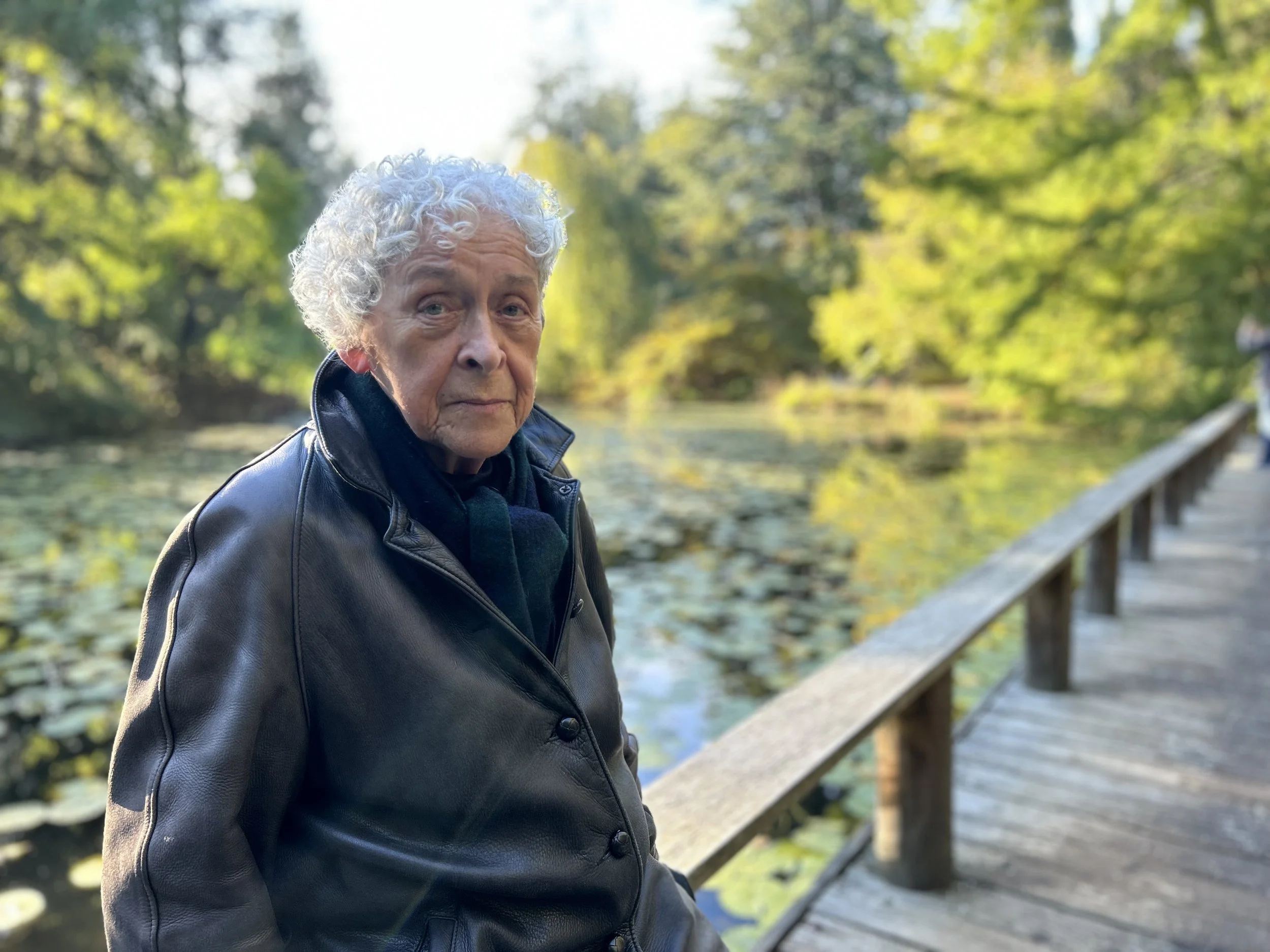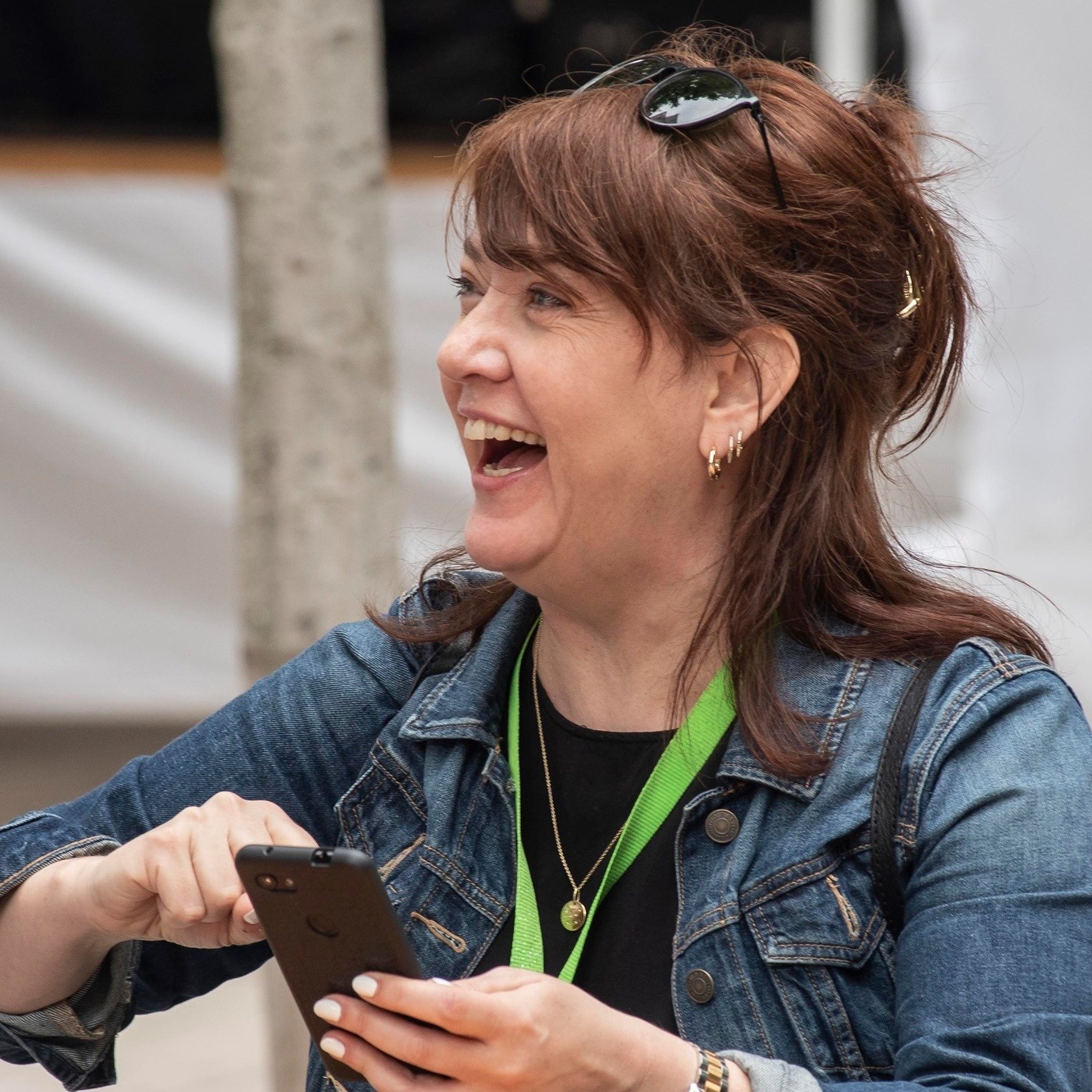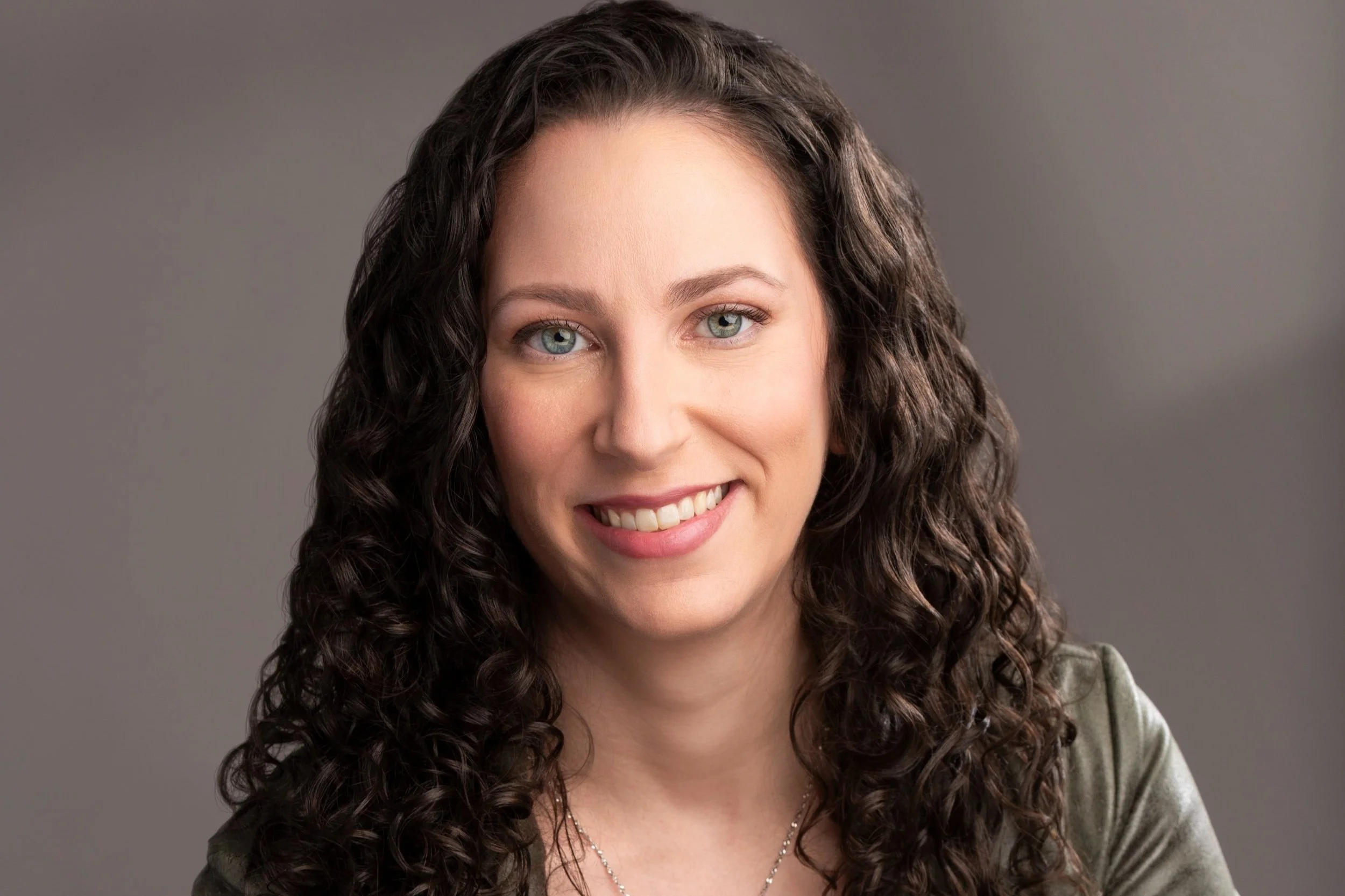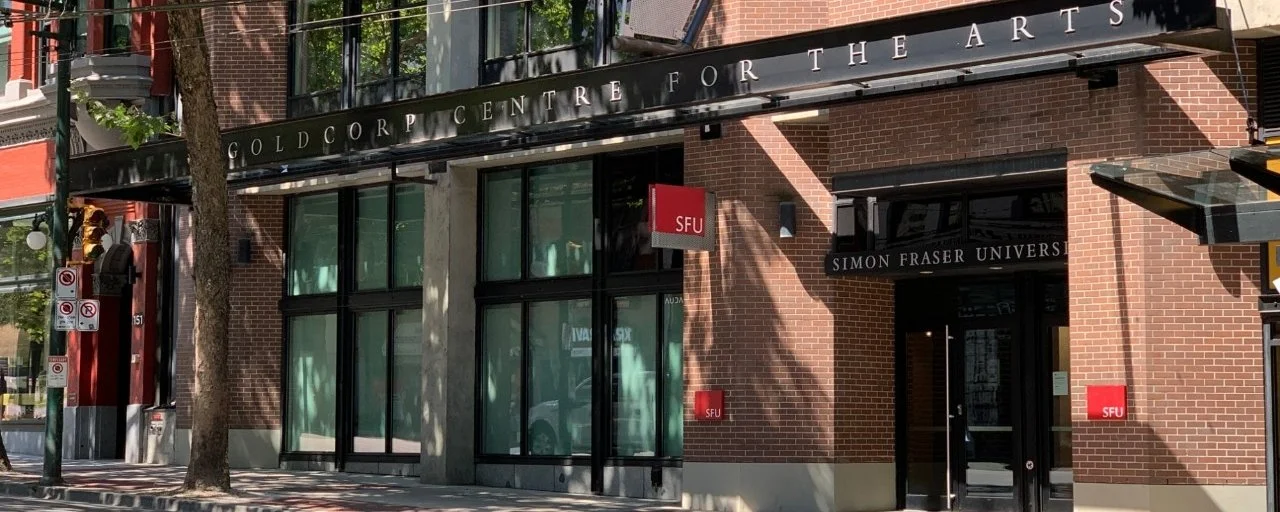Haida artist Tamara Bell guides public event Hear My Voice: Survivor Stories From Residential School
The forum takes place at the Rio Theatre, building on momentum from Bell’s installation of 215 pairs of children’s shoes as a memorial at Vancouver Art Gallery
Tamara Bell’s mother was a residential school survivor.
Hear My Voice: Survivor Stories From Residential School & Canada’s Genocide takes place June 27 at the Rio Theatre at 1 and 4 pm PDT. Note: Survivor stories can include graphic, painful testimony that some people may find disturbing and that may not be appropriate for younger audiences.
Content warning/Trigger warning: This story contains references to Indian Residential Schools and colonial impacts and may be disturbing to some readers.
THE DAY AFTER news broke of the tragic, horrific findings of the remains of 215 Indigenous children on the Tk’emlúps te Secwépemc First Nation at the site of the former Kamloops Indian Residential School, Haida artist Tamara Bell called a friend and asked her if she thought the idea was crazy—to place 215 pairs of children’s shoes on the steps of the Vancouver Art Gallery as a vigil and statement. The installation grew in scope, with people adding flowers, teddy bears, and other objects to pay their respects and with news outlets from around the world covering it. Indigenous people gathered to share stories of survival and sorrow and to hold each other up; people of all backgrounds came to offer support, cry, pray, listen, learn, and connect.
Now, nearly a month after initiating that powerful tribute, Bell is carrying the conversation forward. She is guiding and curating Hear My Voice: Survivor Stories From Residential School & Canada’s Genocide at the Rio Theatre. The June 27 public event will feature survivor accounts from Squamish Elder Bob Baker, who attended Kamloops Indian Residential School, and actor Ray G. Thunderchild, who attended residential day school.
In a phone interview with Stir, Bell recalls how she moved quickly to mount the VAG display, having a deeply personal understanding of the impact of residential schools: her mom was a survivor. The most recent news from the schools run by the Catholic church has been extremely difficult for her to process.
“It was a spontaneous reaction to trauma,” Bell says. “I’m hugely triggered, because my mom had medical experiments done. It’s not easy. My mom was very beautiful, and that was a curse, because it drew a lot of attention from a lot of the priests.
Later in her mother’s life, Bell says, “a gift of her dementia was that she was less filtered and less aware of who she was talking to. She would tell me things I had never heard before, and one of them was about babies buried around the gardens. She would have to tend the gardens; she was a labourer. Subsequently she was a really amazing gardener, however there were probably times where it brought back fairly horrific memories.”
Once Bell had decided to place shoes on the gallery’s steps, she first pulled her son from school so he could join her. Then she asked the friend she was talking to on the phone if she would take care of him if things were to go wrong.
“As a Native woman, it’s easy to get arrested,” Bell says. “As a Native woman, it’s easy to die. It’s easy to go missing if you’re Indigenous. We live in what I call the other world, the other Canada. It’s a wholly different experience.
“I knew our people needed a place to go,” she adds of the vigil. “I know people academically can see the numbers two-one-five but still not understand how large of a group that is. By putting shoes down, it made it more visceral, more real. It gave us a place to heal. Ultimately that was my goal. People have been dropping tobacco or praying or walking up and seeing a small pair of little shoes and really understanding… Some of these kids were babies and toddlers. I wanted to put that into the world and let people understand and give people who were possibly non-Native and who are sympathetic a place to go to understand the number of what we’re talking about in terms of mass graves. I now think there will be tons more.”
Painting by Tamara Bell.
Bell, who’s best known for her work in TV, as a host, executive producer, and director, is also a prolific artist, specializing in painting on canvas. Many of her works, which she describes as a mix of highly modern art with highly political statements, relate to residential schools. “My background is academic, but my primary study and interest has always been fine art. Because I come from a highly traumatized background, I haven’t really had the courage to put my artwork out there, but my first and my best talent is artwork.”
Her art is one way she is raising awareness of the reality of residential schools; Hear My Voice: Survivor Stories From Residential School & Canada’s Genocide is another.
She’ll speak briefly and will moderate the discussion with Baker, Cori Thunderchild, and Ray G. Thunderchild.
“I was always living in my mom’s head, trying to figure out what her experience was and why we lived the way we lived and why my mom wasn’t the same as other moms,” Bell says. “My experience is predominantly what it’s like to have seen lived trauma on a regular basis and how it manifests in subsequent generations.”
Baker, whose Squamish ancestral name is S7aplek and whose Hawai’ian name is Lanakila, is a cultural advisor and also co-founder, performer, and spokesperson for Squamish Nation dance group Spakwus Slolem (Eagle Song). He has been practising his culture through singing, dances, and other types of presentations for more than 35 years.
Ray G. Thunderchild of the Cree Nation is the great, great grandson of Chief Thunderchild, who led the Cree Nation into freedom from neighbouring warring tribes in the 1800s, only for his people to become wards of the residential school system. As far back as he can remember, all of Ray G. Thunderchild’s family members, including him, attended residential school.
Hear My Voice came about after the Rio’s Rachel Fox, who was moved by the tribute at the VAG, which she visited many times, approached Bell with the idea. “I quite literally have a platform…and I am committed to creating space for this so that these important experiences can be validated, shared, and understood,” Fox tells Stir.
The speakers at the event will share unfiltered truths. Bell says she doesn’t know what to expect in terms of who might show up; the stories could retraumatize members of the Indigenous community who may not wish to attend for that reason. She is hopeful that non-Indigenous people will come, even though it won’t be easy to hear people’s lived experiences. “These are very honest discussions and people will get an opportunity to ask questions if they wish to,” Bell says.
She is aware that with such sensitive subject matter, people may be afraid to approach it the wrong way or say the wrong thing. Bell experienced this hesitancy and uncertainty on National Indigenous Peoples Day, when people gathered at the VAG. June 21 is meant to be a day of celebration, a chance to honour Indigenous cultures and communities, but this year’s event took on a distinct and sombre tone within the context and circumstances of the Kamloops discovery.
“Nobody knew what to do; even we didn’t know what to do,” Bell says. “We weren’t sure if we were celebrating or if we were reiterating tragedy. It depends on the person. It’s different for everybody.”
Still, she’s hoping that people will be willing to listen and will come to the June 27 event.
“It’s not easy,” she adds. “It’s not academic for us. We’re living it. It’s so personal and so traumatic. But I think it’s necessary.”
Canadian society is at a turning point, Bell suggests, reaching a reckoning with its colonial past and ongoing injustices toward Indigenous people; there have long been calls for Canada to recognize its own genocide against Indigenous people, with the Kamloops discovery being cited as another piece of evidence of a violation of the United Nations Genocide Convention.
“One of biggest genocides to happen in the world happened here,” Bell says. “As we stand here at this moment in time in Canadian history, we have to determine what side of the fence we’re on. We have to be responsible to our children and our grandchildren because they are watching what we’re doing.
“Indigenous people by and large seek a brotherhood and sisterhood with other Canadians,” she adds. “Even when they signed treaties, which led to huge proportions of land being stolen, they were called friendship treaties, for the possibility of positive union. Despite the genocidal tendencies of Canada, Indigenous people still maintain that. The event [June 21] at the Vancouver Art Gallery was a huge demonstration of how important it is to be inclusive. Indigenous people have been waiting with our hand extended for hundreds of years.”
British Columbia has a First Nations and Indigenous Crisis Line being offered via the KUU-US Crisis Line Society, toll-free at 1-800-588-8717. The number for the National Indian Residential School Crisis Line is 1-866-925-4419.














